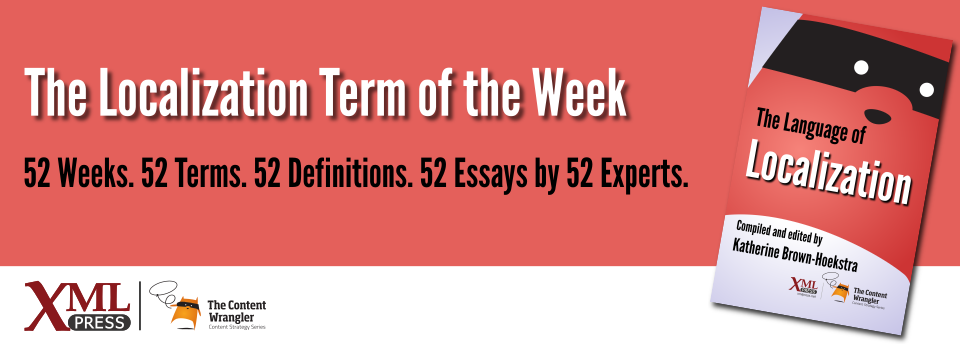What is it?
The act of rendering content from one language into another, accurately reproducing not just the meaning but the tone as well.
Why is it important?
Translation makes content accessible to people who speak a different language, increasing both understanding and impact.
Why does a technical communicator need to know this?
Translation is the window that opens up content to a wider audience. But it’s about more than simply increasing understanding. Translating content into the right language allows users to connect more deeply with it. As Nelson Mandela famously said, If you talk to a man in a language he understands, that goes to his head. If you talk to him in his language, that goes to his heart.
This deeper connection with your content can increase engagement and loyalty, as well as sales and even profitability. The independent research firm, Common Sense Advisory (CSA), has identified a strong correlation between a brand’s financial strength and the number of languages on its website[CSA 2016]. Other studies have found that customers addressed in their own language are much more likely to make online purchases[DePalma 2014]. The CSA also equates language with a positive customer experience[CSA 2015].
Multilingual content improves user experience, drives sales, and creates loyalty. It also boosts profits by leveraging the investments that have already been made in research, design, production, marketing, and branding. Translation, once seen as solely as a cost center, is actually an investment in the local market and the customer.
References
- [CSA 2016] Research Study Finds Compelling Evidence Linking the Financial Health of Global Companies with Website Multilingualism: Common Sense Advisory (2016). Brand strength is strongly correlated to the number of languages on the website, according to Common Sense Advisory.
- [DePalma 2014] Can’t Read, Won’t Buy: DePalma, Donald A., et al. (2014). Common Sense Advisory found that customers are more likely to make online purchases when they are addressed in their own languages.
- [CSA 2015] Global Customer Experience Increasingly Comes Down to Content—But Not Just in English: Common Sense Advisory (2015). Customers equate positive customer experience with being addressed in their native language, according to Common Sense Advisory.

